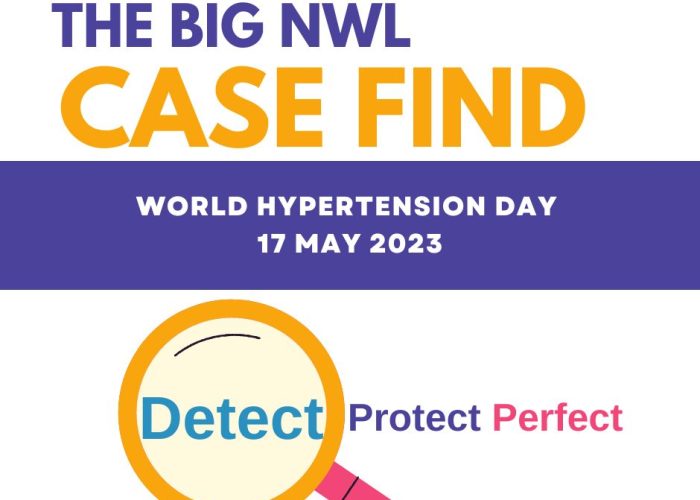Henry Ireland , Innovation Delivery Manager at Imperial College Health Partners (ICHP), recently presented at an NHS England Population Health Intelligence event, where he spoke about the importance of getting under the surface of data to improve care.
, Innovation Delivery Manager at Imperial College Health Partners (ICHP), recently presented at an NHS England Population Health Intelligence event, where he spoke about the importance of getting under the surface of data to improve care.
When it comes to Integrated Care Systems (ICSs), data is everywhere. As collaborations with local authorities grow so does the access to more complete data sets. Combined with our understanding of wider determinants of health, we have never been in a better position to fully understand the true needs of our populations.
Having more data than ever is one thing, but data is only truly helpful if it can be used to inform and impact our priorities in health care. When trying to use data to explore and get to the root of the problem, it is all too easy to overload people with numbers and visualisations without asking and answering the right questions. Even after finding your way through, it can then be hard to convert this data into real steps to help solve problems.
What we do at ICHP is support ICSs, and other members of the health system, navigate their way through the vast swathes of data to find and understand the key figures, statistics and data which has the potential to have the biggest impact on their populations.
Take, for example, the work we’ve been doing in North West London recently around priorities and the Sustainability and Transformation Partnerships (STP) delivery areas. We have been able to create a model which took the priorities defined by the local STP and cross-matched how they were aligned with the borough’s own priorities. (There were some big differences in each of their areas of focus!)
What this modelling enabled us to do was to help interpret this initial data to determine a wide range of priorities. So, for example, one of the clear areas for improvement for the STP was children’s mental and physical health. Knowing this then enabled us to draw out figures on key indicators such as numbers of children with tooth decay at the age of five, or levels of obesity in Year 6 children.
This mapping exercise enabled us to interpret the data and provide useful insights for priorities. It meant that those receiving the information were not overwhelmed and proudly that our ICHP methods can be easily replicated for health systems across the UK.
Once priorities are established, the real analysis of the data can begin – and often starts with segmentation, dividing the population being studied in to groups with matching characteristics. This is helpful in breaking data down in to more manageable chunks but, for us, is always just the start of us exploring the data.
What’s also crucial is layering of the many sources of data available to us. For example, in North West London we were able to produce data which showed the highest referring GP practices. It would be easy to look at these initial figures and see those who refer the most patients to hospital and jump automatically to assumptions about why this might be, but we know this is just one layer of the data puzzle.
When this data is layered onto a map to determine a ‘location’ layer you can see potential reasons for high referral rates, perhaps one GP surgery is in an area of high deprivation. It might also be that through adding another layer of ‘time period’ for these referrals might add another piece to the puzzle, with higher peaks in flu season or even a heatwave. All of these layer puzzle pieces would then need further investigation and have potential consequences for health outcomes.
It’s important that we use the wealth of data available to us responsibly to create a detailed picture of what’s really happening. In North West London we have access to the Whole Systems Integrated Care Dashboard, which has linked data on over 2.2m people, and includes primary care, secondary care and local authorities – but even this has its limitations
There is only so much numbers can tell us. The most vital part of ICS work is wide encompassing engagement. It is only by talking to and understanding the people behind the data that you gain real insight for improving care.
We actively involve the public, patients, professionals throughout our work at the earliest possible stage. Building and developing relationships is essential for true transformation. This approach means not only is the information we supply relevant, but that real change with the biggest impact can be made as a result.
See the full set of slides from the NHS England presentation.



